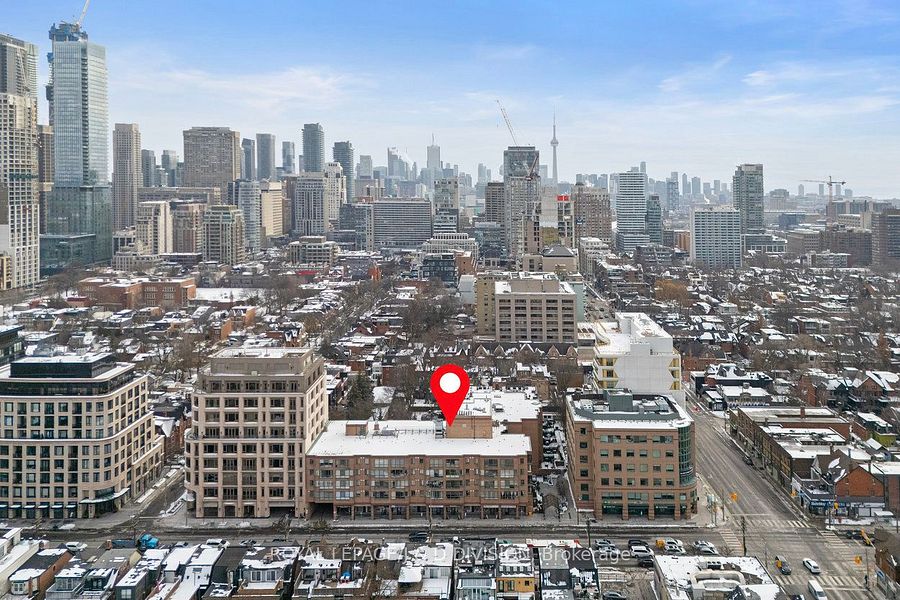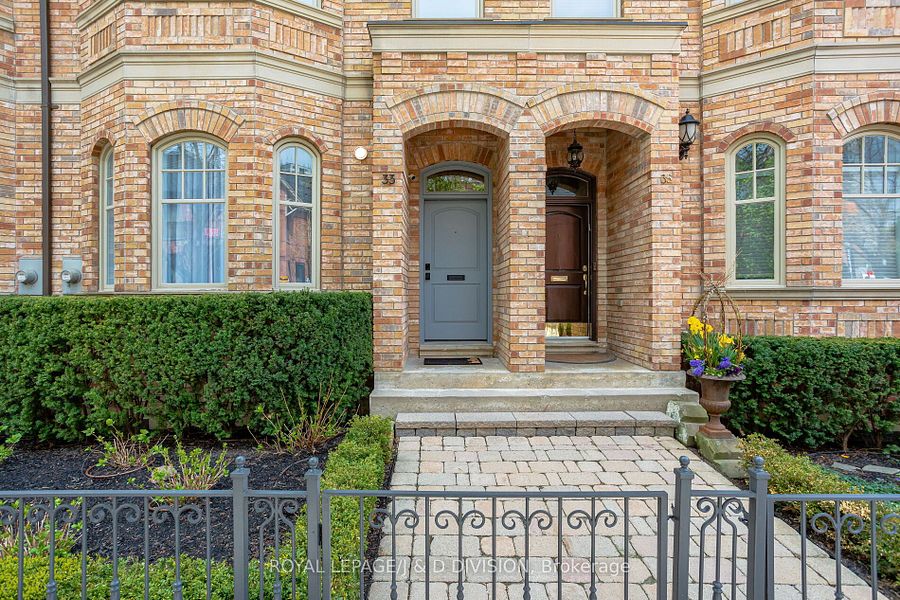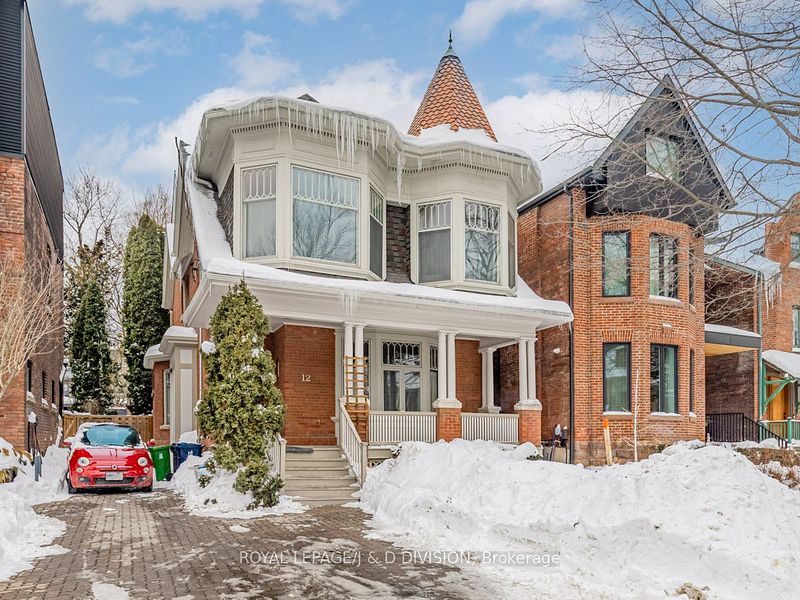Annex
History:
The Annex was subdivided in the 1870’s and 1880’s. It immediately became one of Toronto’s elite neighbourhoods.
The Annex’s first residents included the likes of Timothy Eaton, the patriarch of Eatons department store, and George Gooderham, president of the Gooderham and Worts Distillery.
The Annex’s Golden Era lasted until the 1920’s, when the upper classes began to migrate northward to newer more fashionable suburbs in Forest Hill and Lawrence Park.
Those who stayed behind helped form the Annex Residents Association. This powerful lobby group saved the Annex from the proposed Spadina Expressway which would have divided the Annex in half, had it been built.
The Annex has endured and is now over one hundred years old. It remains one of Toronto’s premier neighbourhoods.
Overview:
The Annex is Toronto’s most eclectic community. Its residents include successful business people, prominent artists, University of Toronto students and faculty, and people from all walks of life.
This is a vibrant neighbourhood that draws its energy from the University of Toronto, as well as from the bars, restaurants, and nightclubs that crowd together along Bloor Street.
When you think of a model ultra-urban neighbourhood that caters to a variety of lifestyles the Annex certainly fits that description. There is incredible history that you can see first hand in the beautiful historic Victorian homes that line the leafy streets. The hustle and bustle along Bloor Street with its myriad of shops and restaurants is balanced out by the many urban parks interspersed throughout the neighbourhood. The Annex neighbourhood has many other attributes including excellent public and private schools, arts and entertainment venues and super easy access to public transit.
Lifestyle:
The Annex’s main shopping district is on Bloor Street. This stretch of stores includes a hodgepodge of clothing boutiques, coffee ships, food markets, restaurants, and live entertainment venues.
The revamped Mirvish Village shopping district on Markham Street, south of Bloor Street, is a quaint collection of one-of-a-kind specialty stores.
Mirvish Village, south of Bloor Street just west of Bathurst features consists of 24 restored heritage buildings, whose tenants include unique restaurants and shops. Part of the experience in this shopping village is The Kitchen which is funky urban space consisting of a food hall and music venue.
Homes:
The Annex houses, built between 1880 and 1910 are fine examples of Victorian, Queen Anne and Richardsonian Romanesque architectural styles. Plum and pink colored Credit River sandstone, rich red brick, and terra cotta clay tiles, make up the exterior facades of many of these homes.
The architectural detail is among the finest in the city, ranging from pyramidal roofs and turrets to recessed grand archways and wooden spindled porches.
A second wave of Annex homes dates from 1910 to 1930. These homes are less elaborate than their predecessors, but are nonetheless fine examples of English Cottage, Georgian and Tudor style architecture.
Recreation:
The Annex really comes alive at night when people from all over the city converge upon its restaurants, bars and nightclubs.
Fitness enthusiasts can get in shape at either the University of Toronto’s Athletic Centre, or the Miles Nadal JCC Community Centre at Bloor and Spadina.
The Native Canadian Centre of Toronto is located in the Annex at 16 Spadina Road. This centre offers a variety of programs and services for Toronto’s Native community as well as the general public.
The Spadina Road Public Library at 10 Spadina Road, offers a wide variety of programming for neighbourhood residents.
Transportation:
The Annex is well served by public transit. There are subway stations both at Spadina and at Bathurst on the Bloor-Danforth line, and at Dupont Street, on the Yonge-University-Spadina line.
To find out more about public transportation routes in the Annex please visit the TTC via the link below:
Motorists are within minutes of Toronto’s business and entertainment districts and are approximately twenty minutes from the commuter highways.
Featured Listing
Featured Listings
Annex Stats
Walkability:
High
Bikeability:
High
Public Transit:
High
Affordability:
Low
Greenspace:
Medium
Recreation:
High
Legend: Low, Medium, High
Commute Times
* All commuting times provided are approximate times only. Commute times may increase or decrease depending on where you live within the neighbourhood and the time of day i.e rush hour versus off hour commutes. Time estimates to public transit are based on walking distance or bus line connection whichever is quicker. All other commute times on the chart above are based on drive times.
School Guide
No Records Found
Sorry, no records were found. Please adjust your search criteria and try again.
Google Map Not Loaded
Sorry, unable to load Google Maps API.
Toronto School Resources

Editor’s Note. BEFORE MOVING INTO, BUYING OR RENTING A HOME, PLEASE CONTACT THE SCHOOL YOU ARE CONSIDERING BY PHONE to ensure your home is within the designated boundaries and that your child is age appropriate. WE CANNOT BE HELD RESPONSIBLE FOR ANY MISINFORMATION REGARDING SCHOOL ENROLLMENT SO DO NOT ASSUME that your child can automatically attend a specific school or specialized program until you have official confirmation from that school. Please visit the school board web sites for more information.

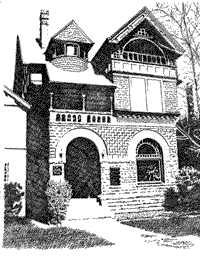
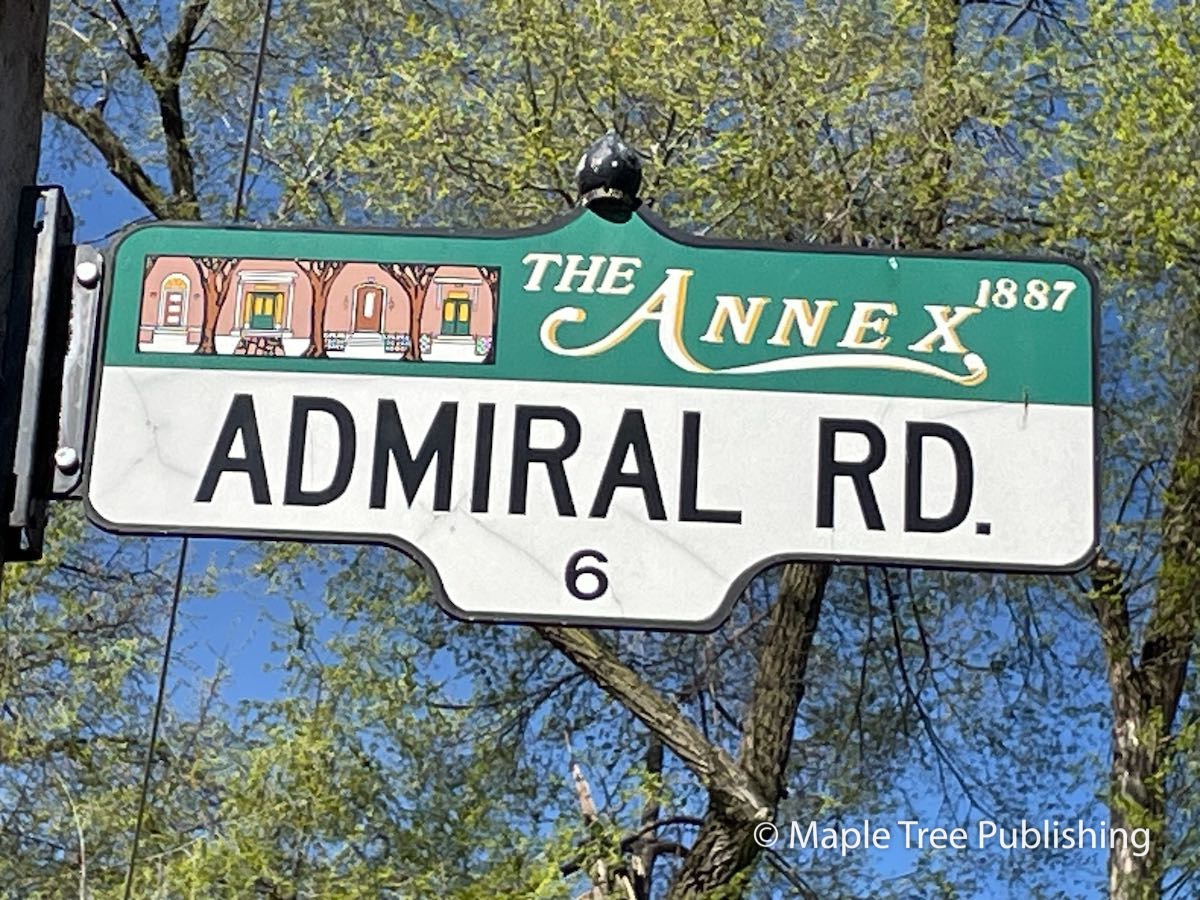

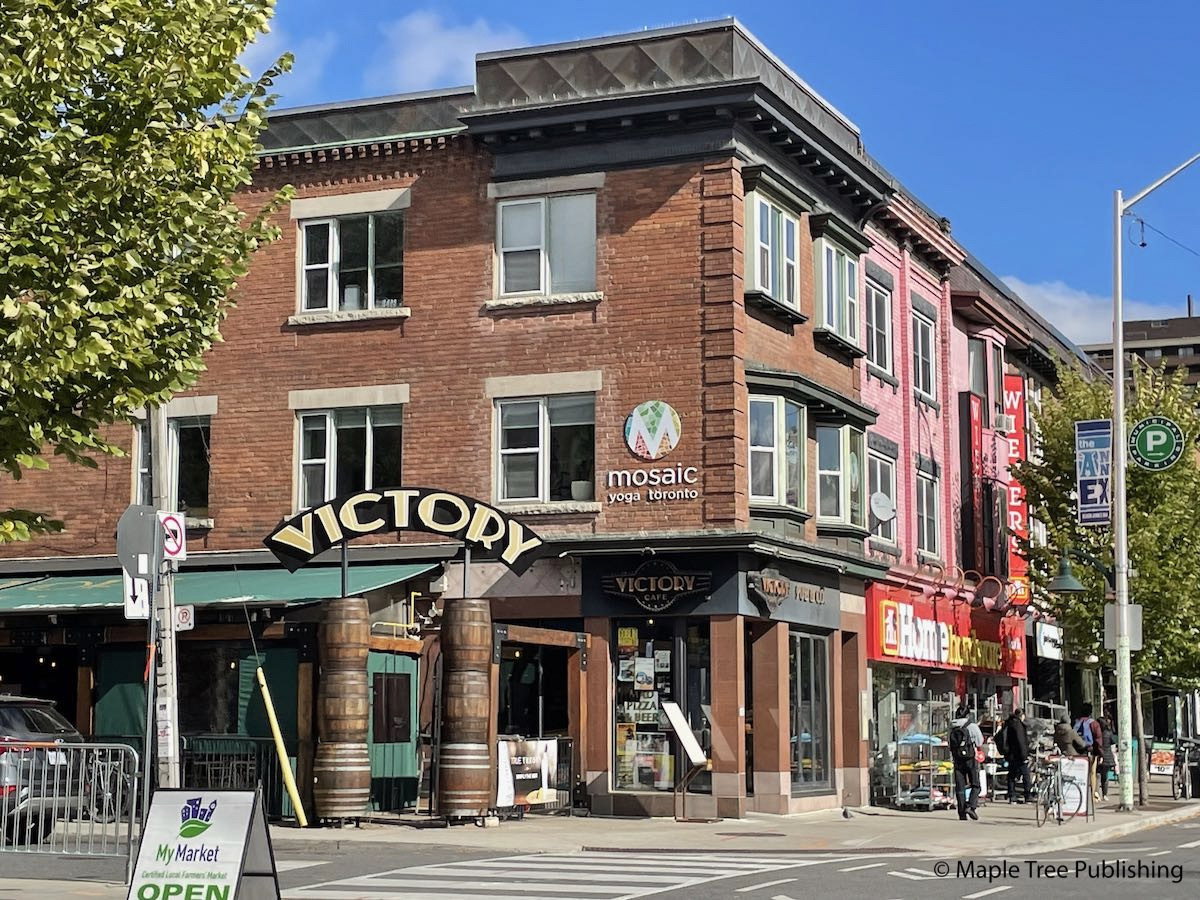
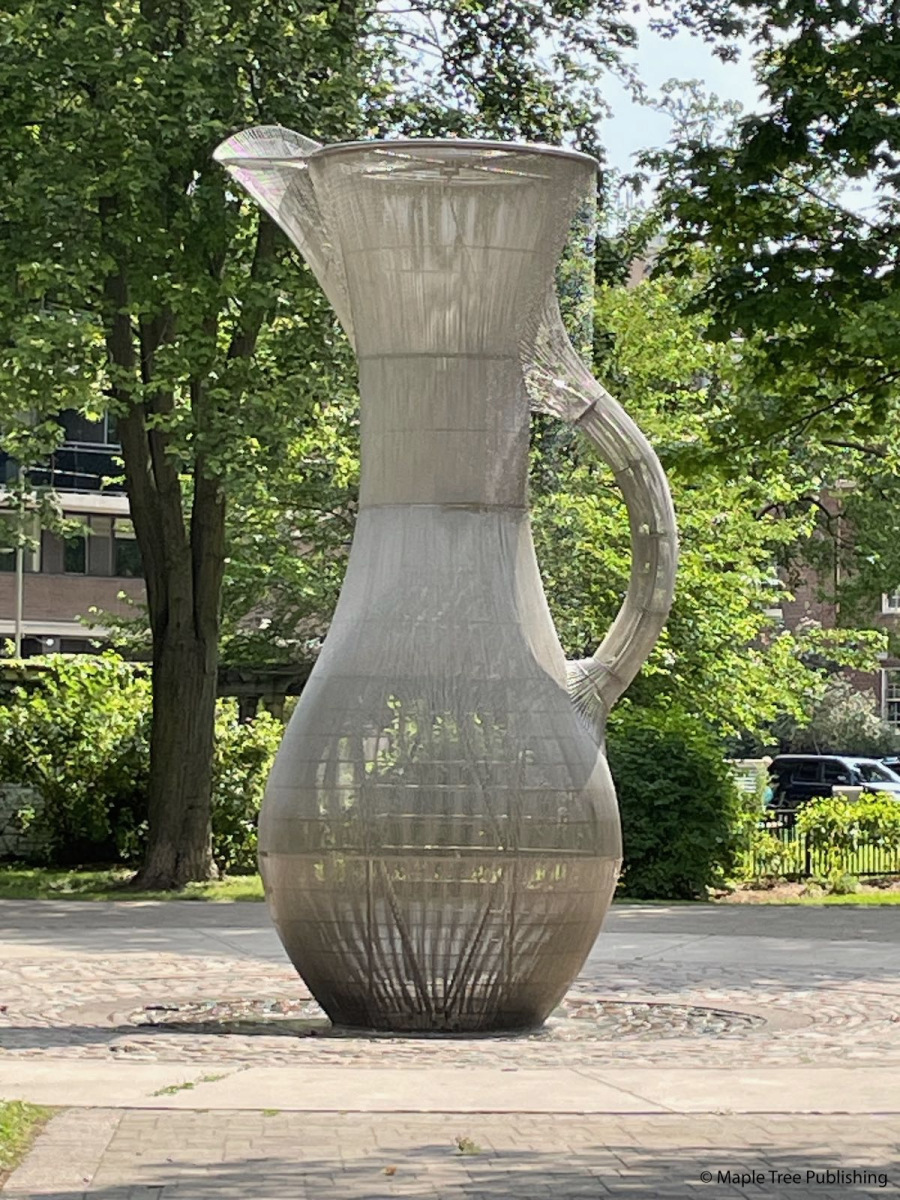
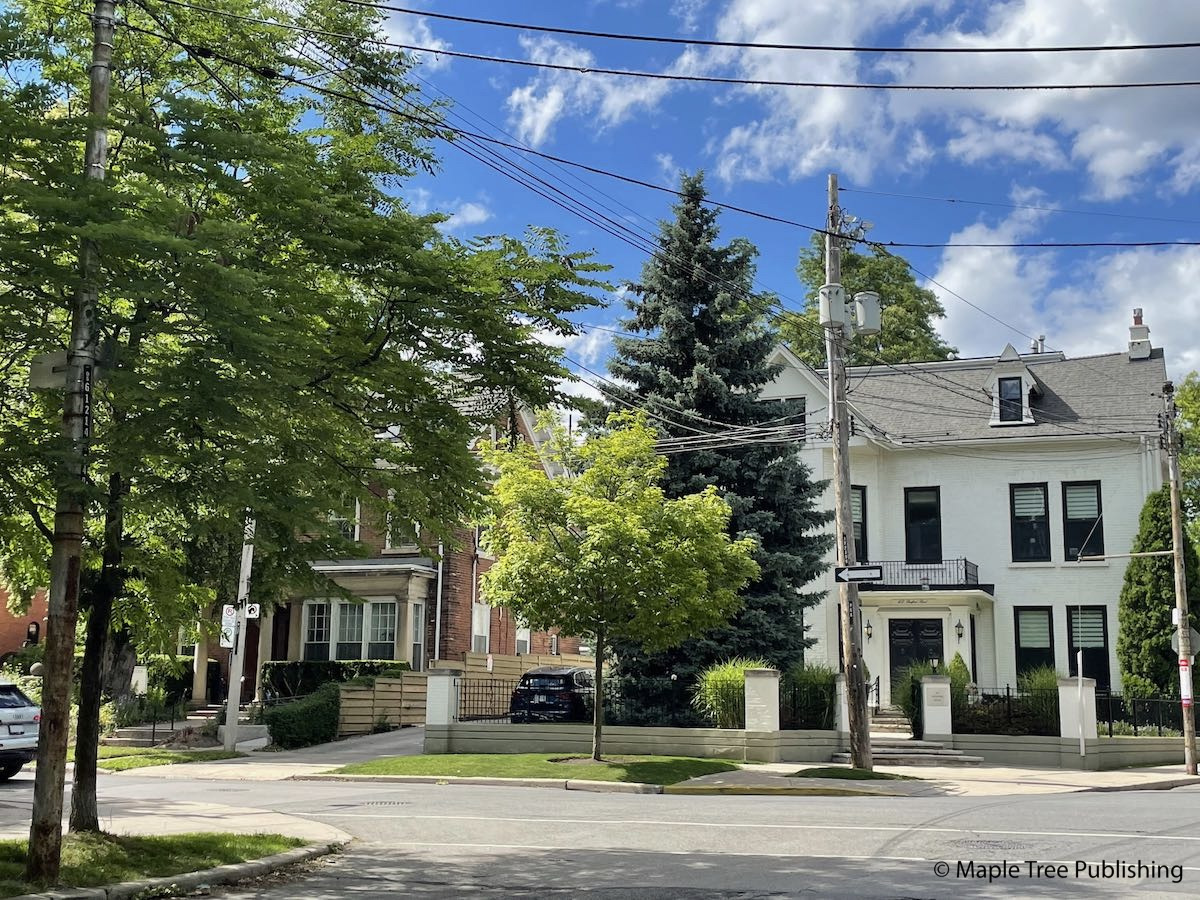
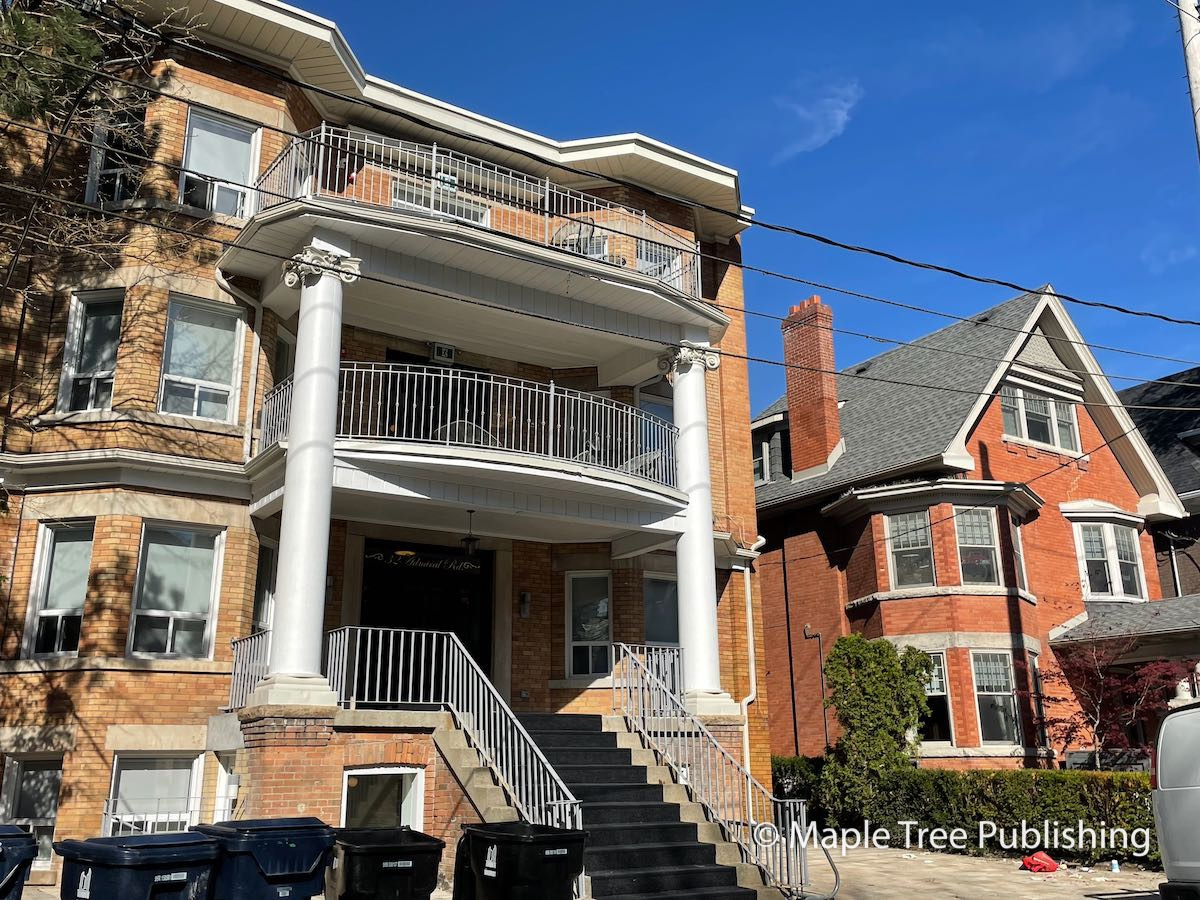
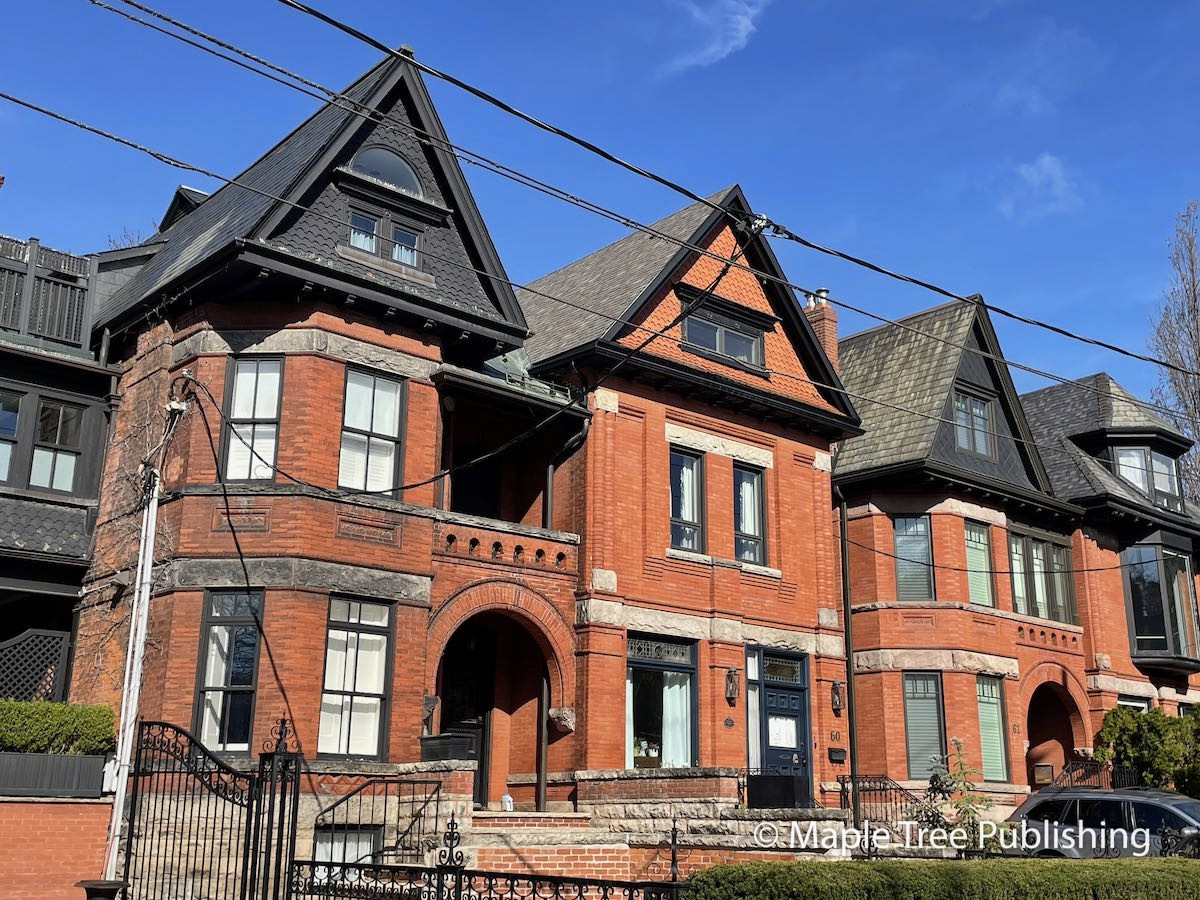
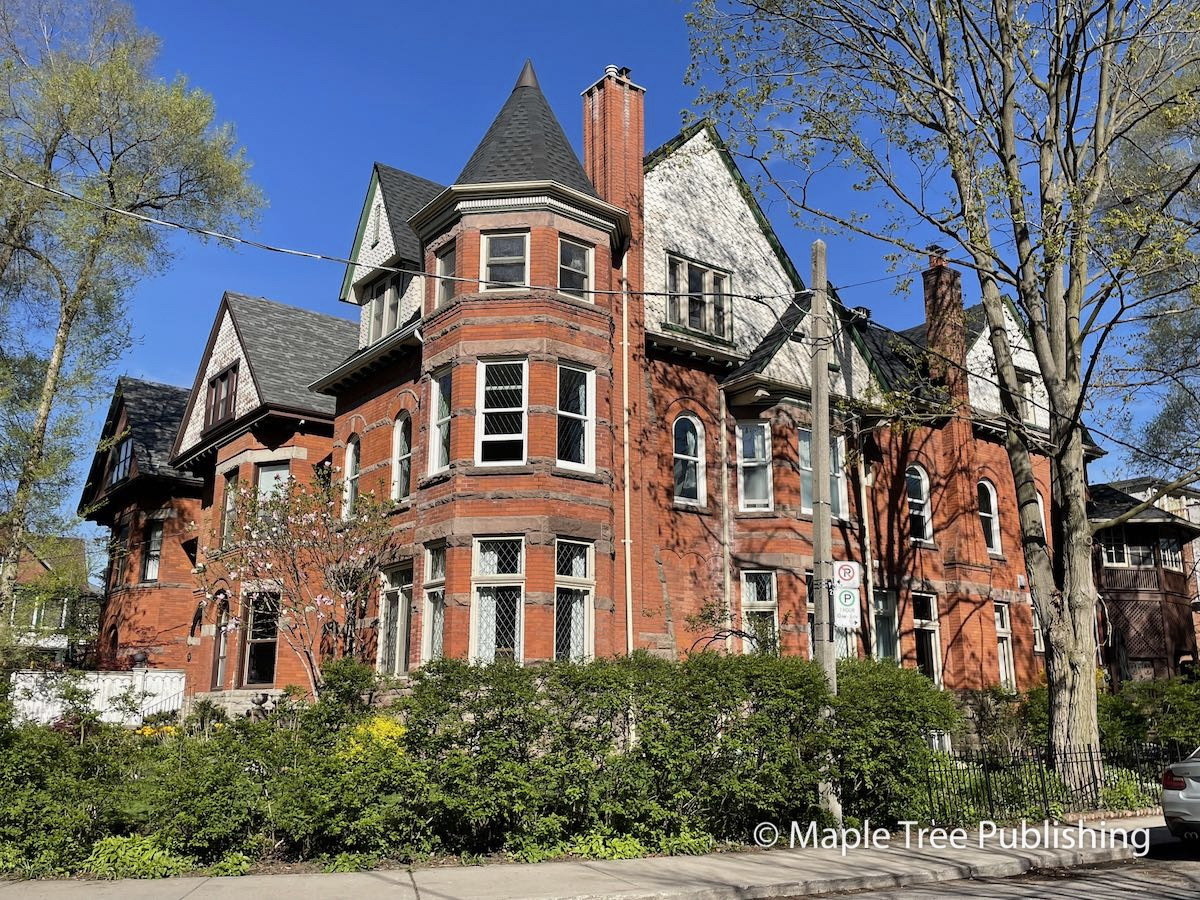
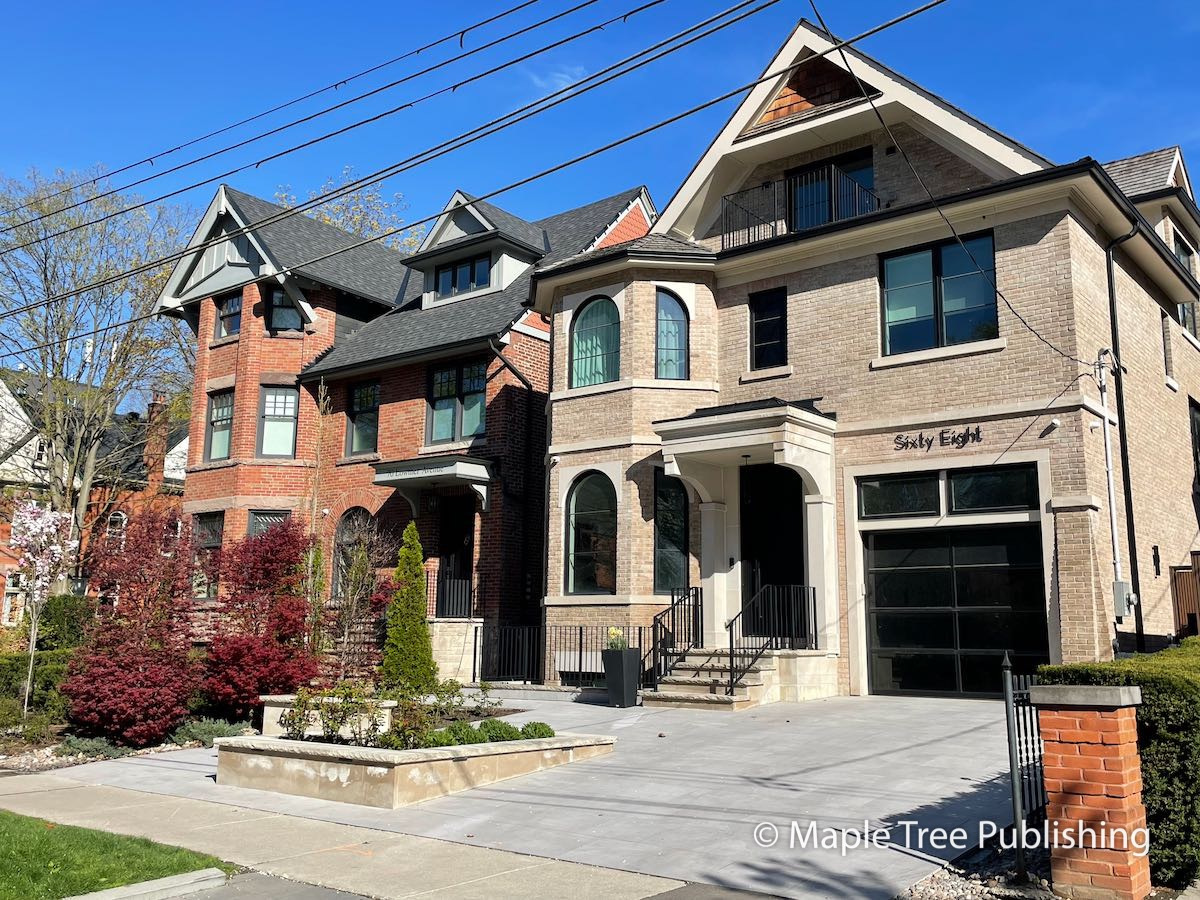
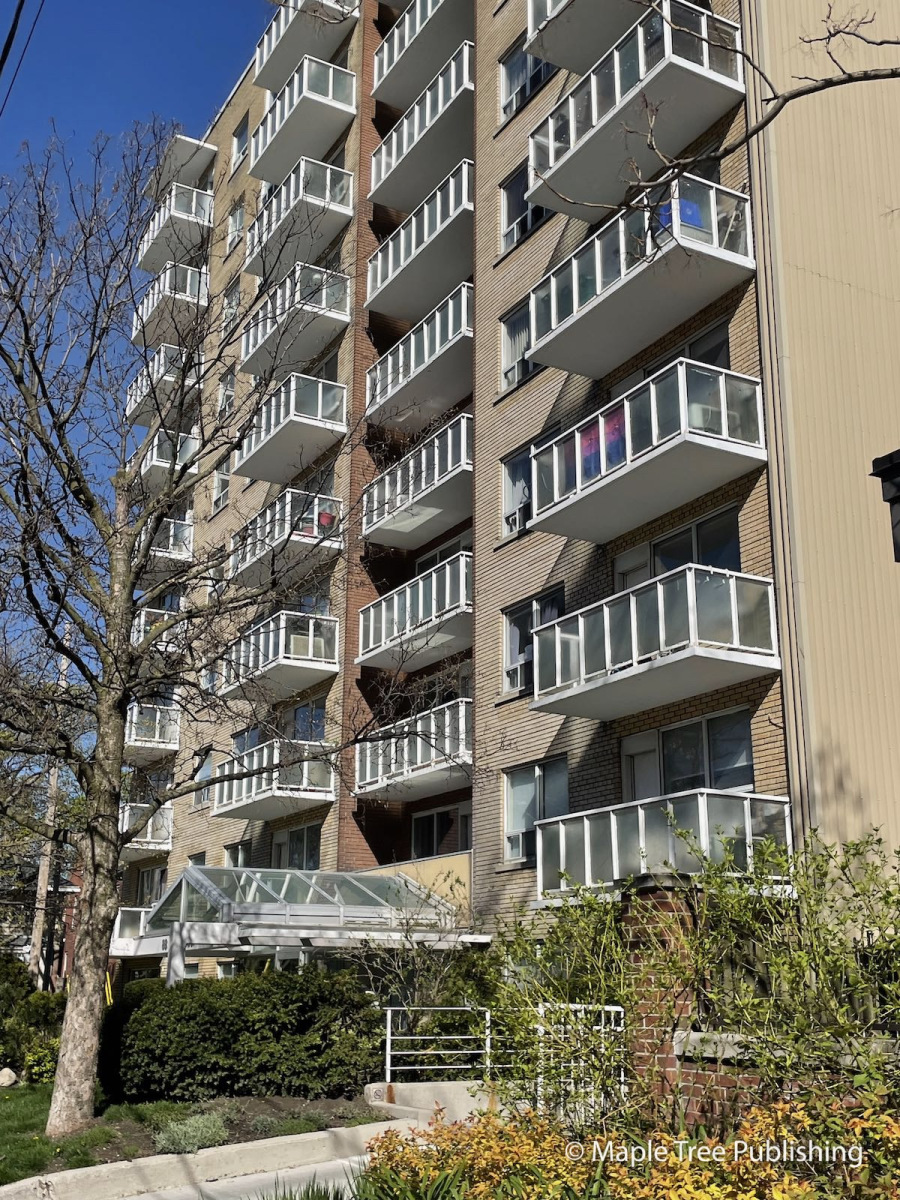
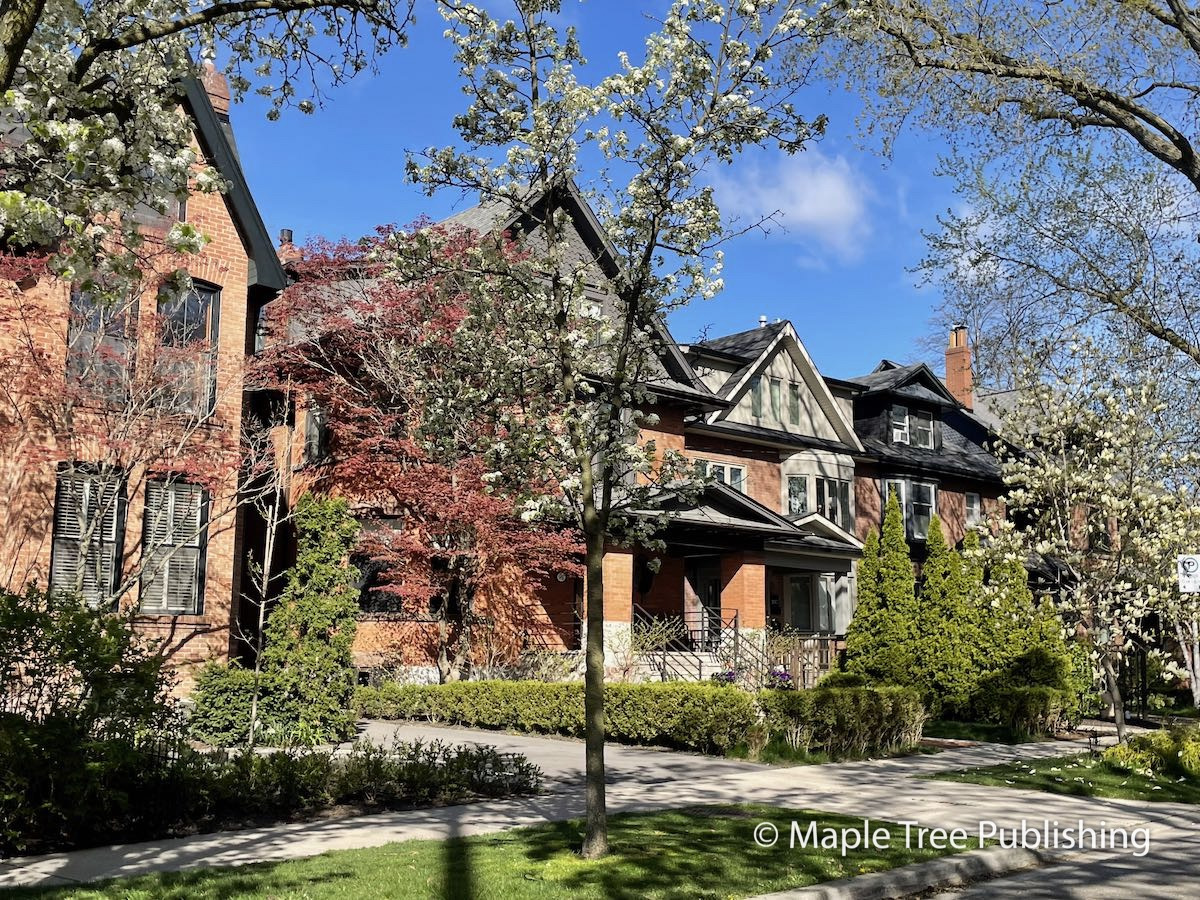
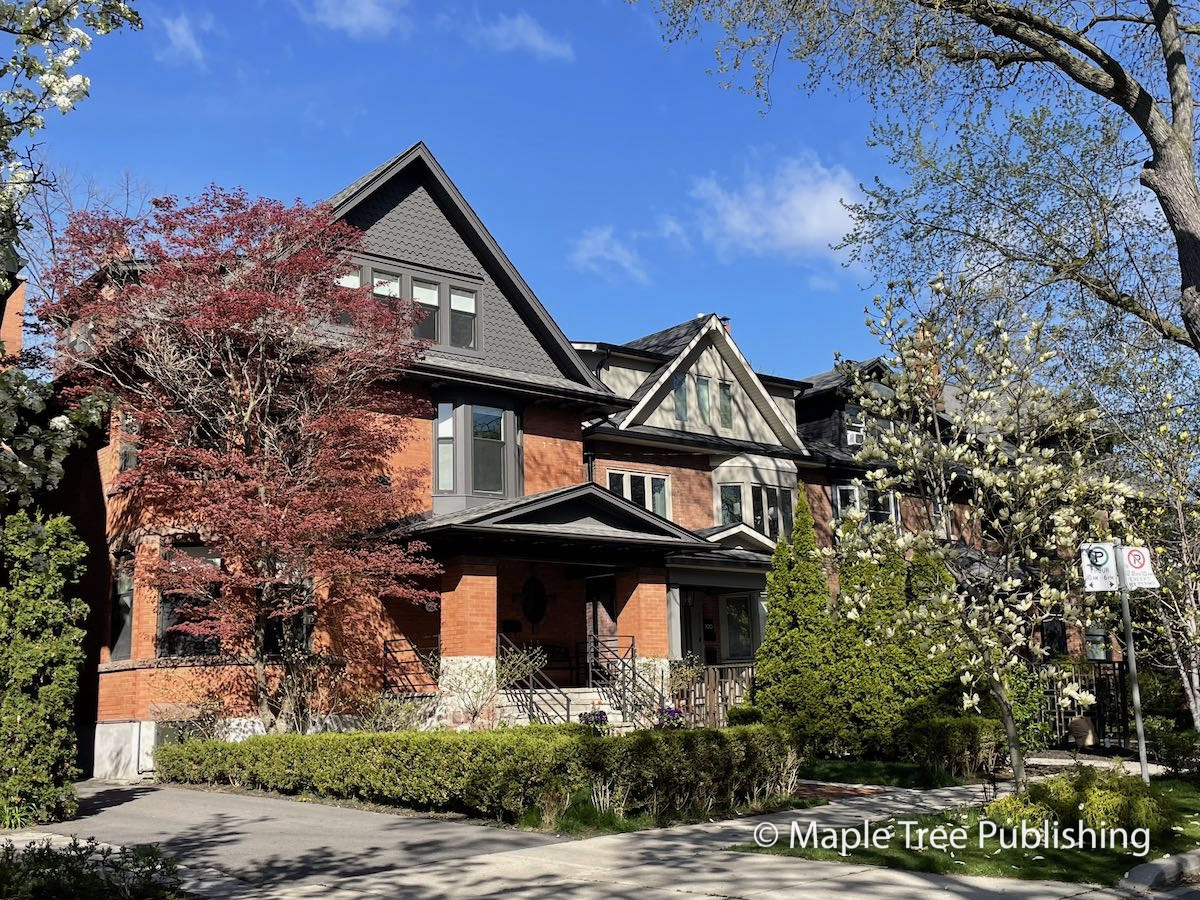

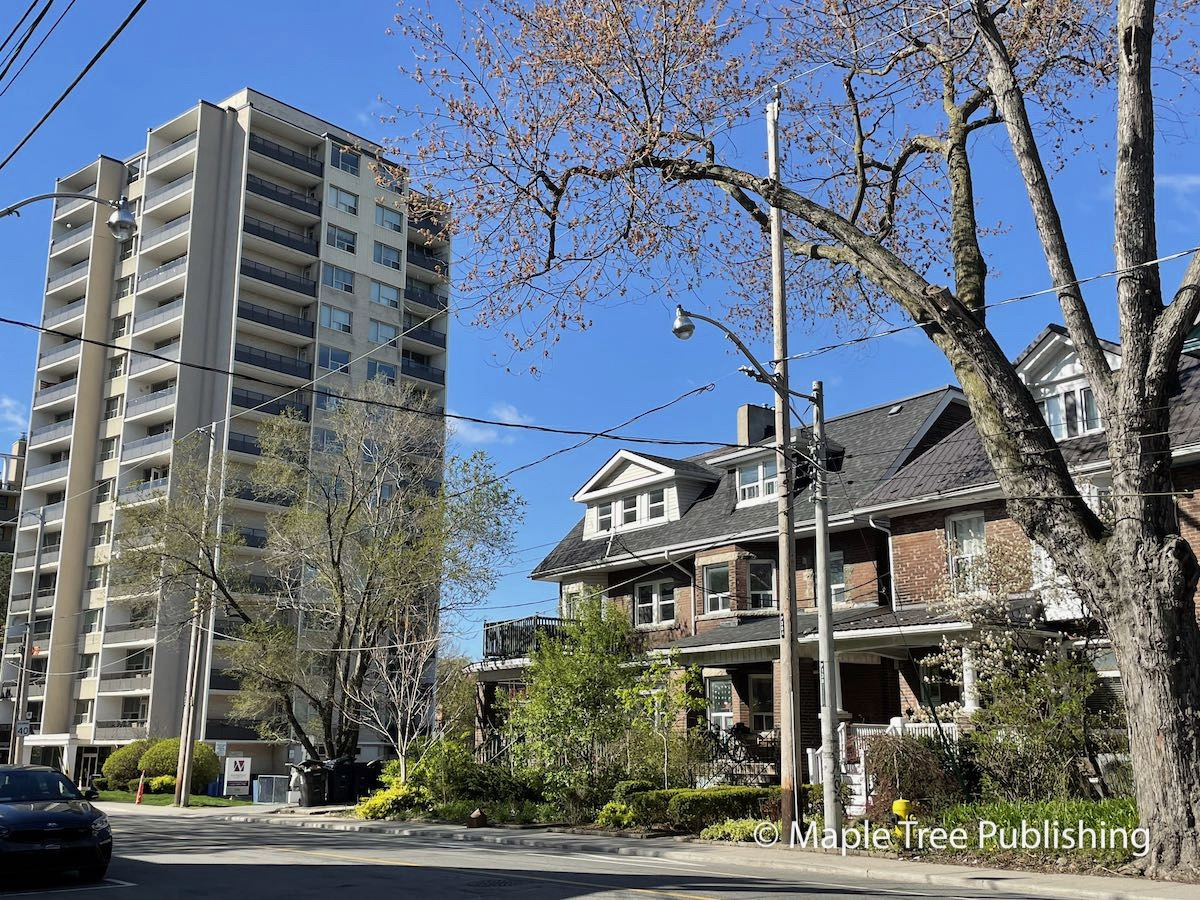
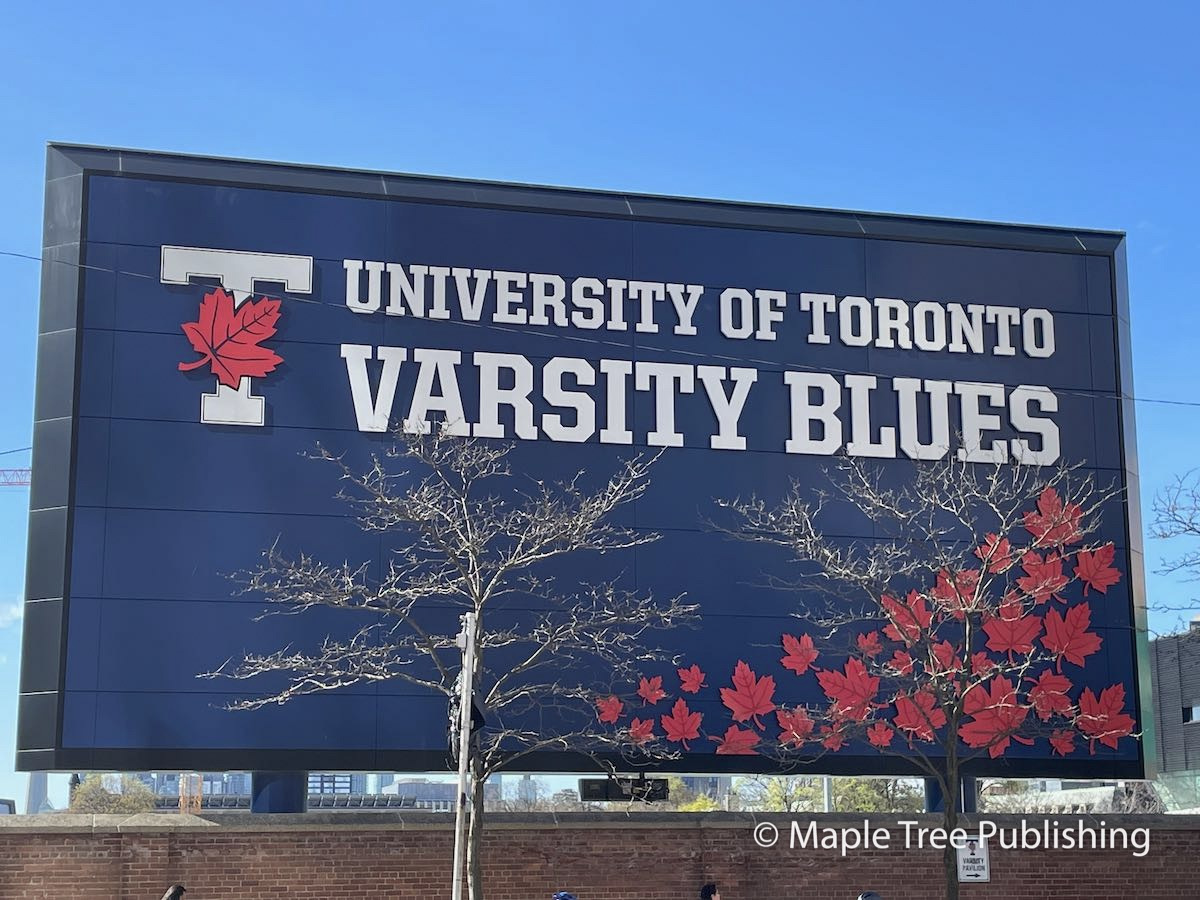
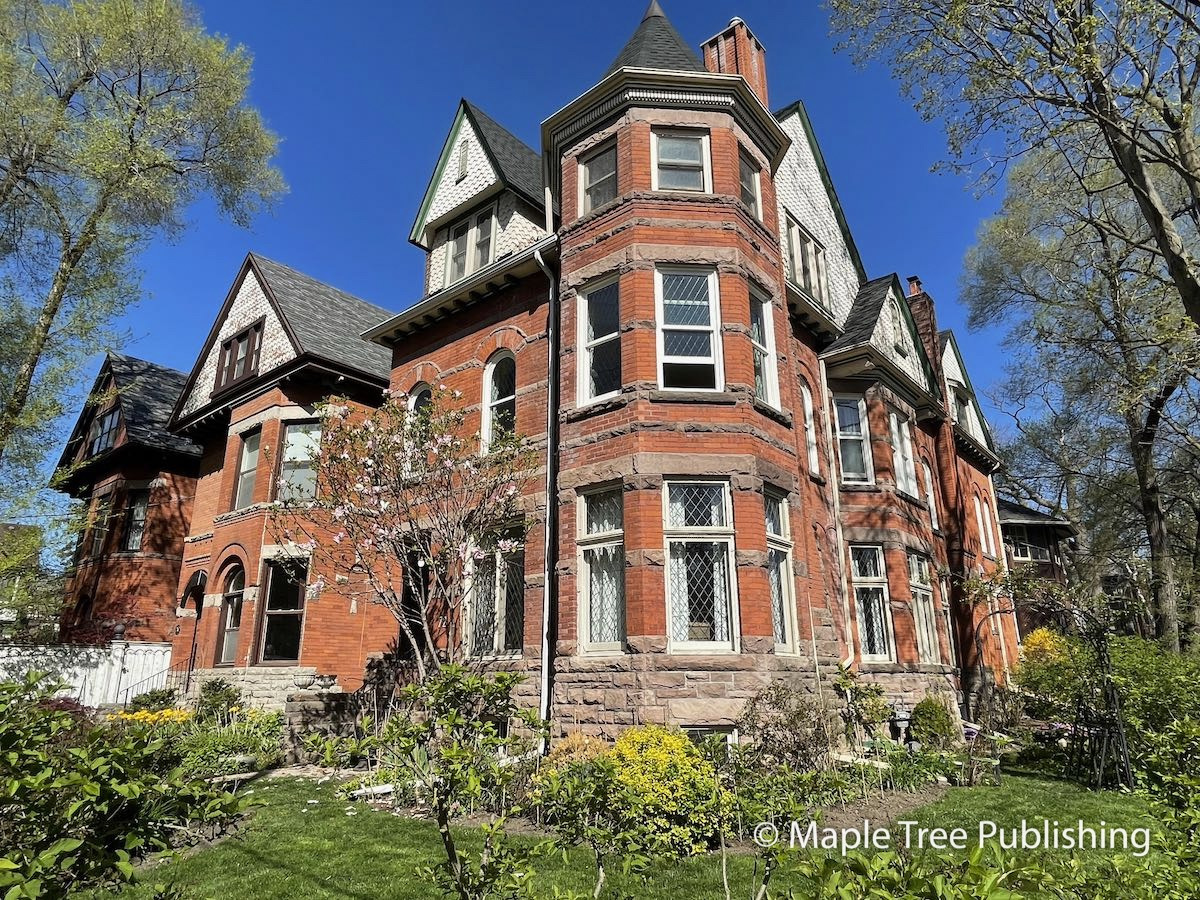
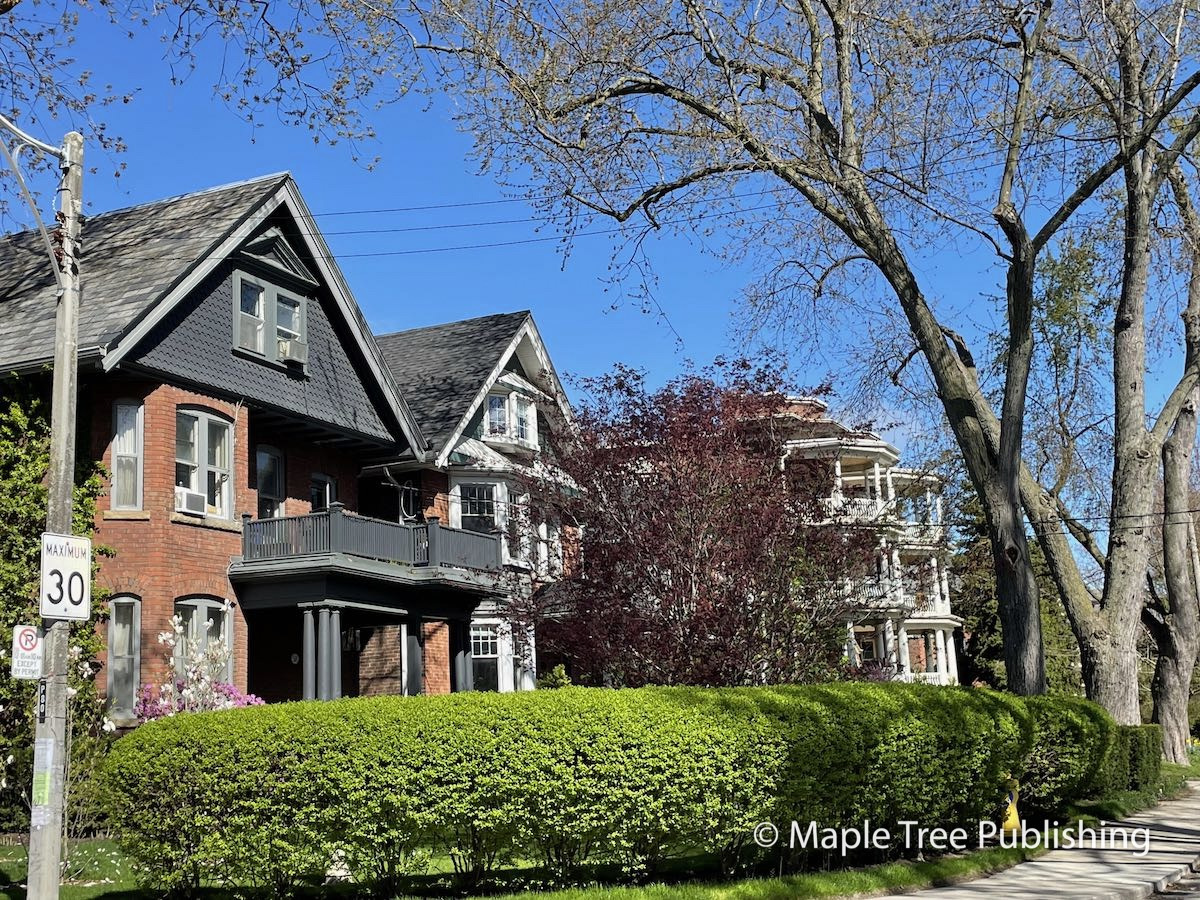
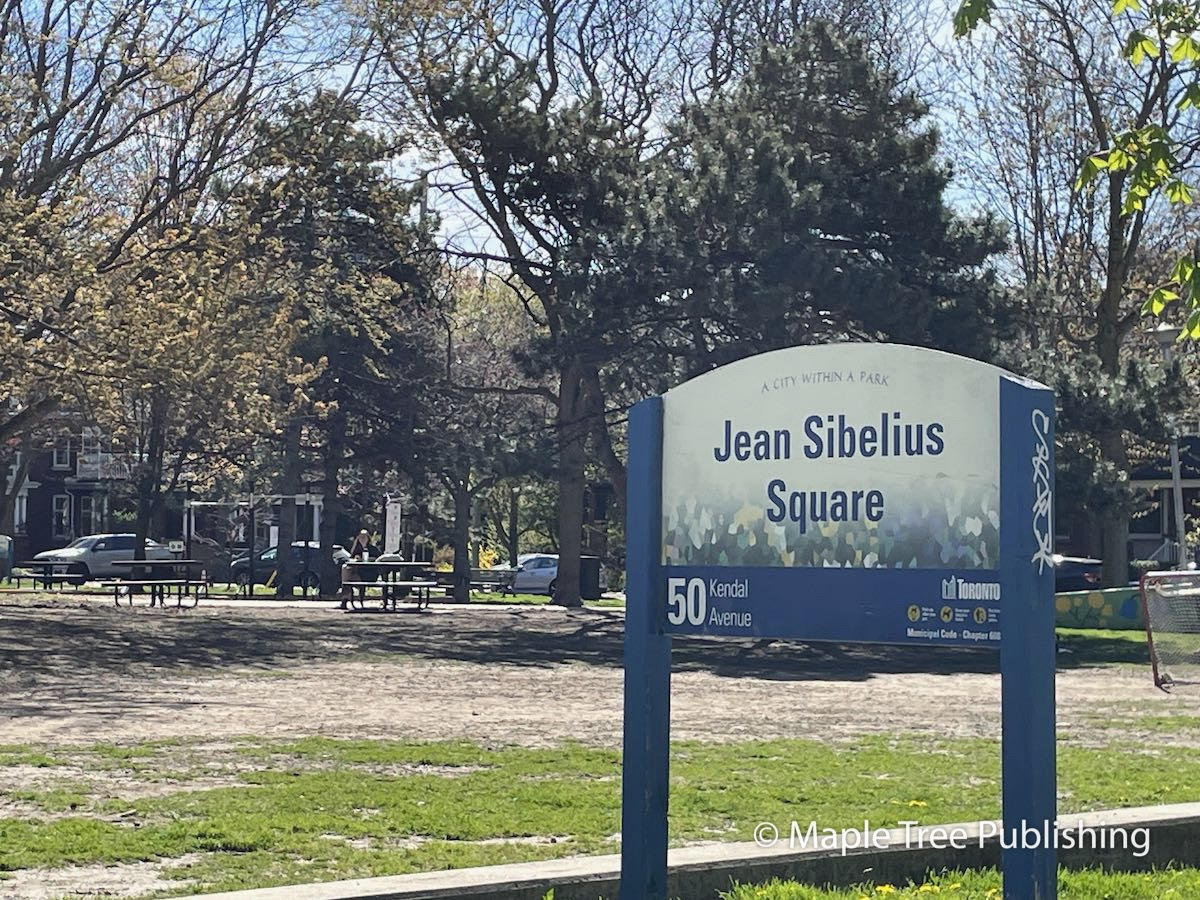


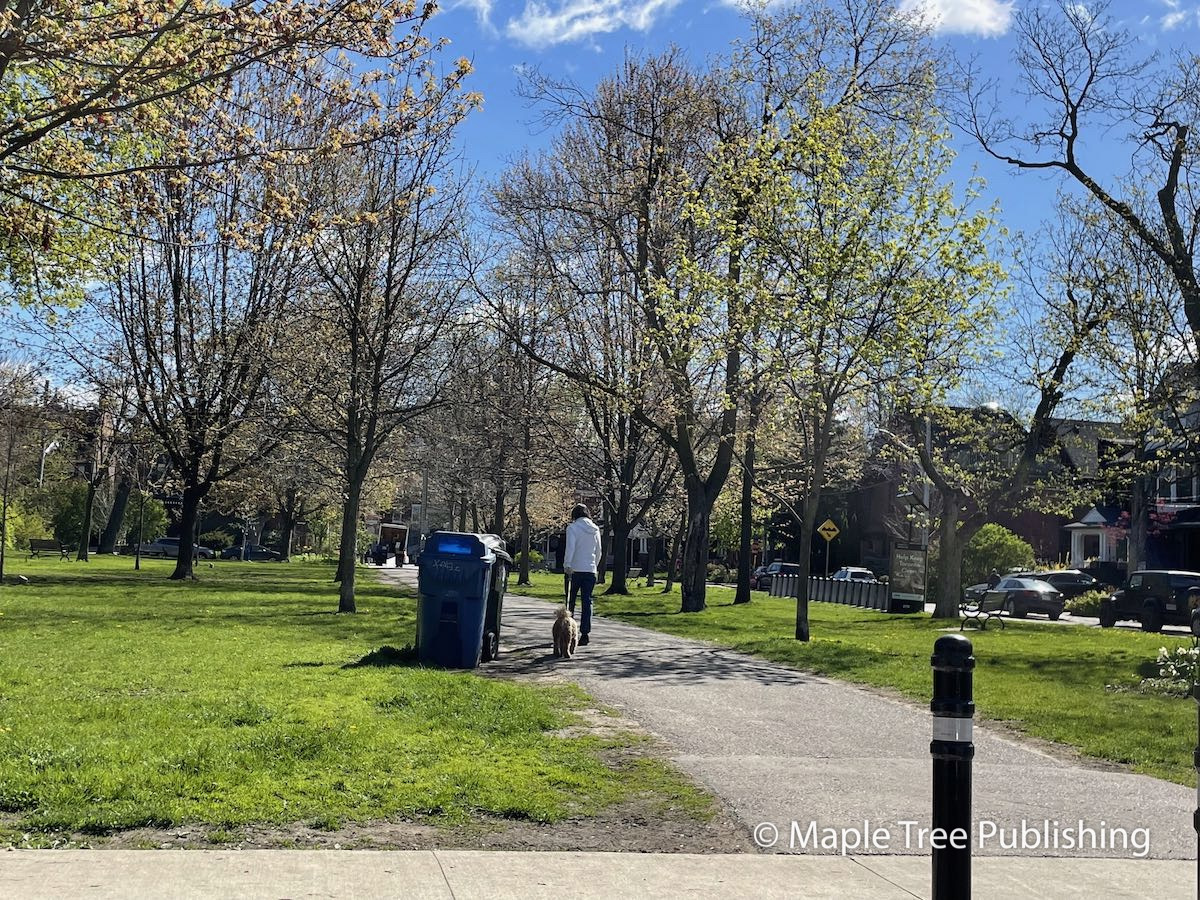
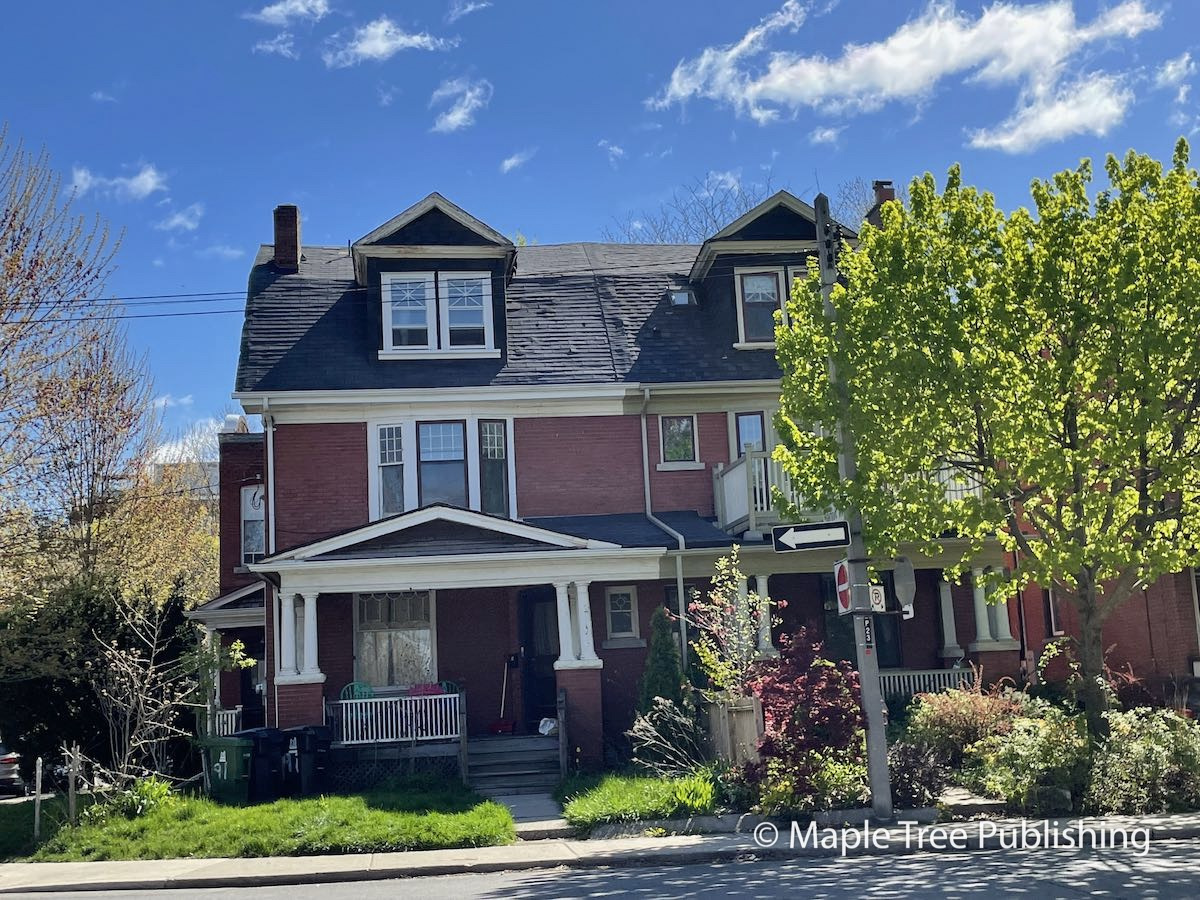
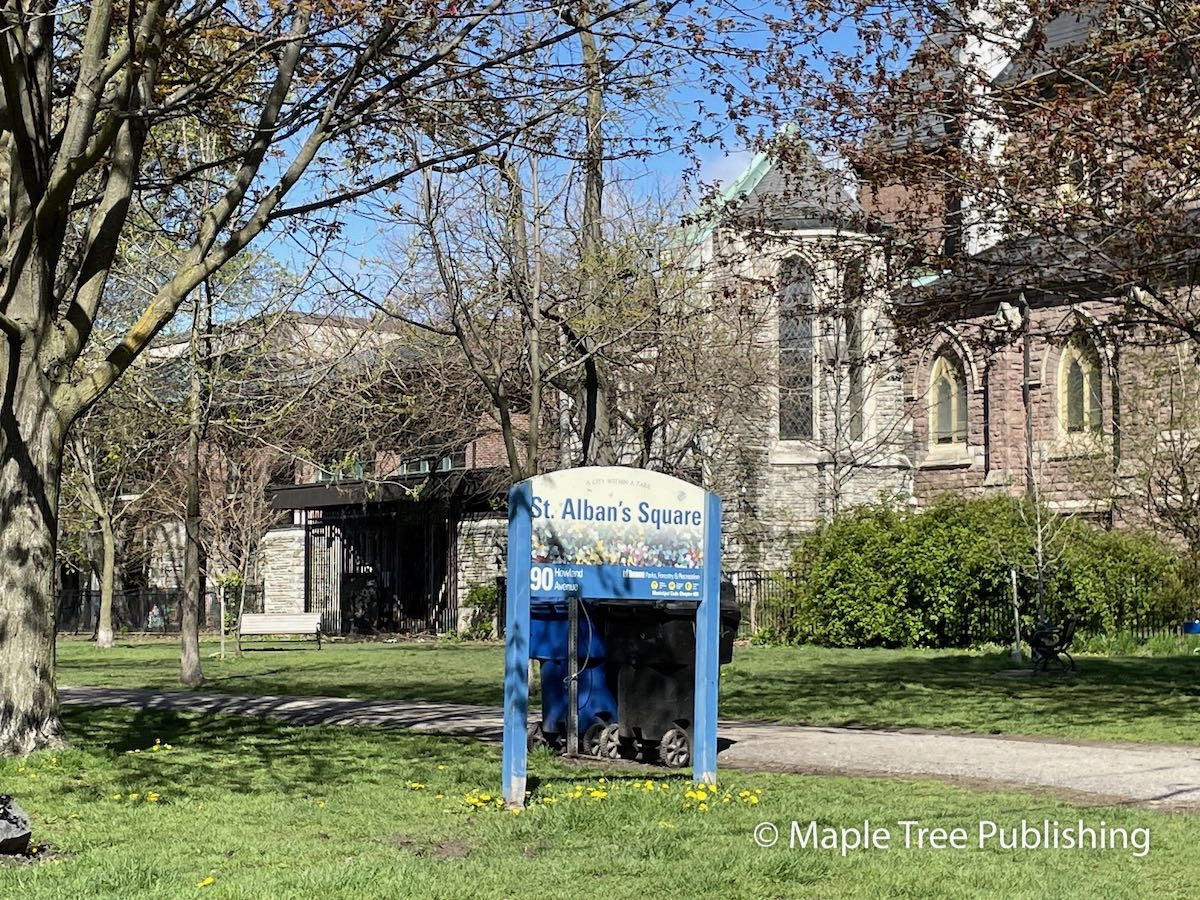
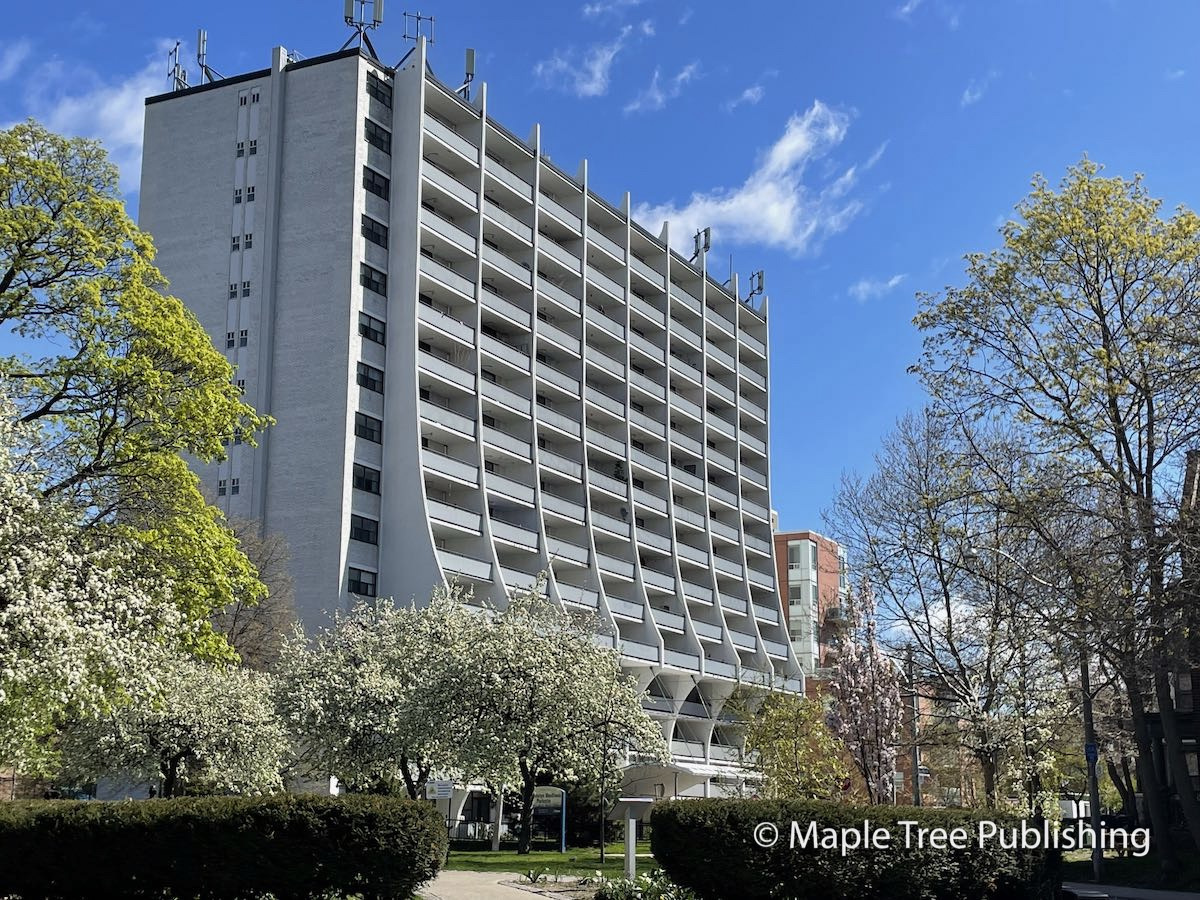
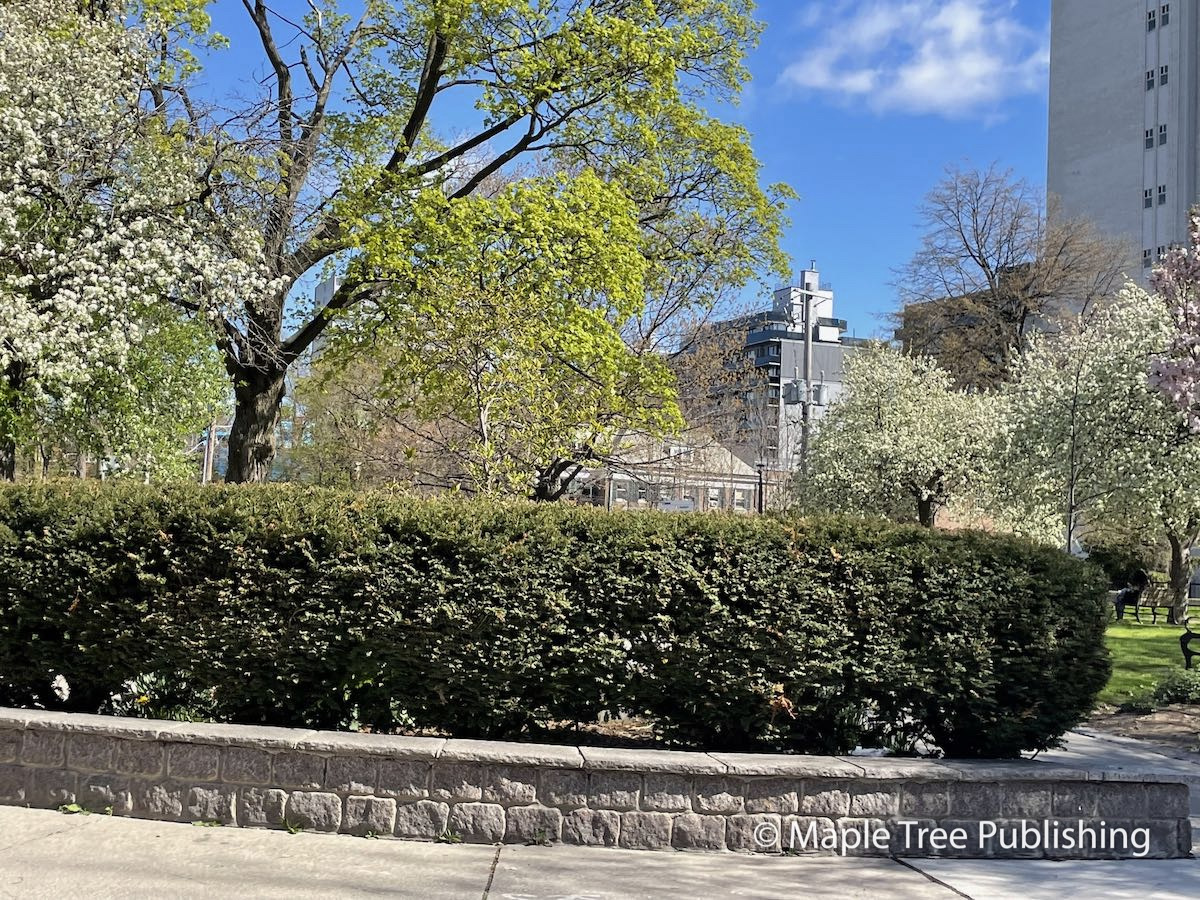

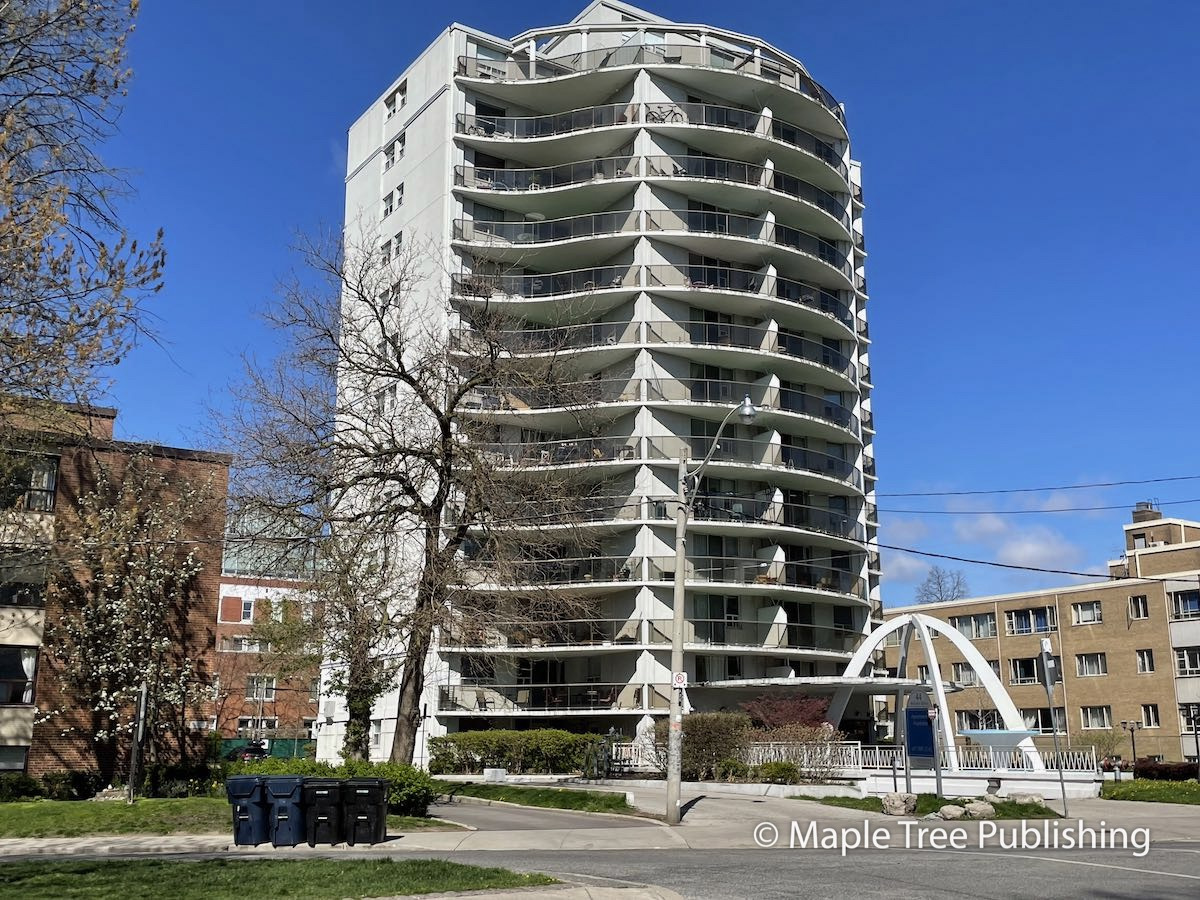
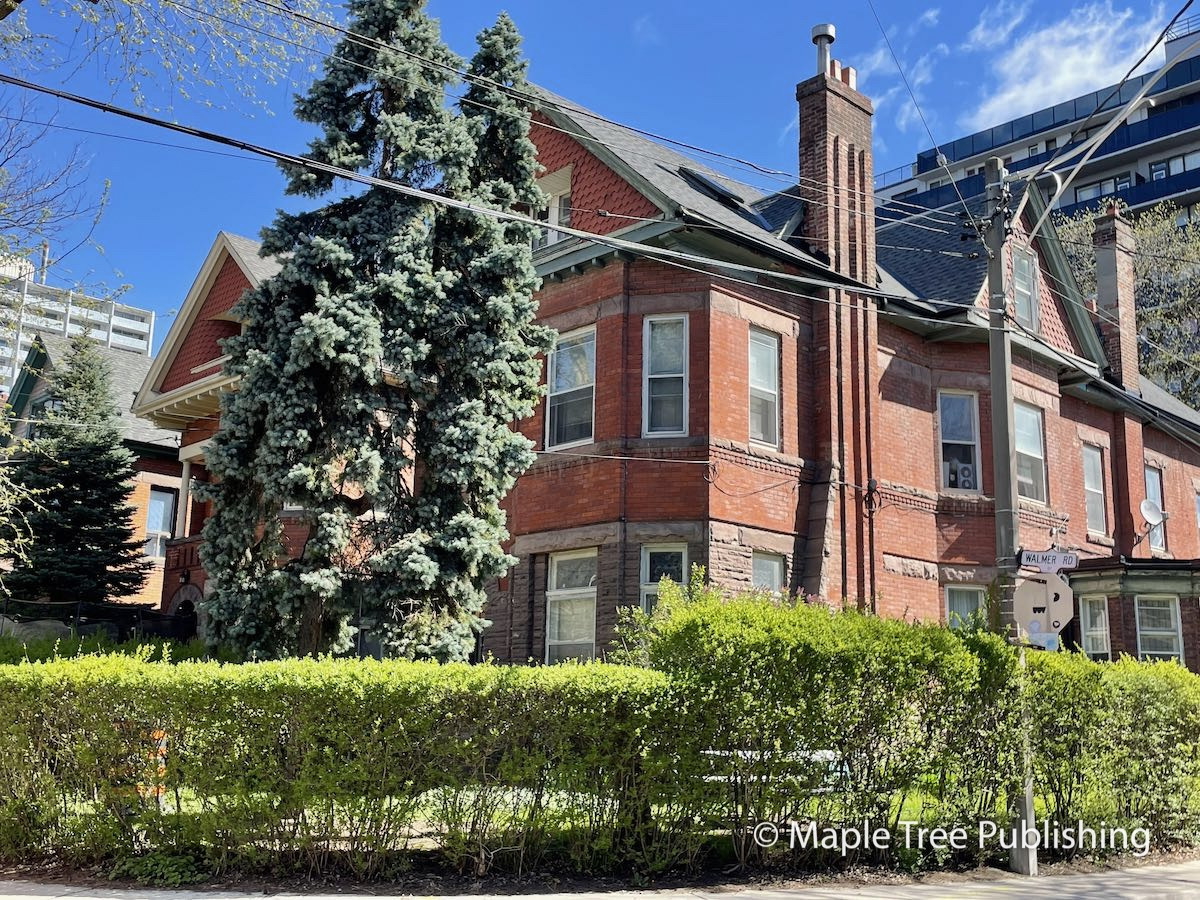
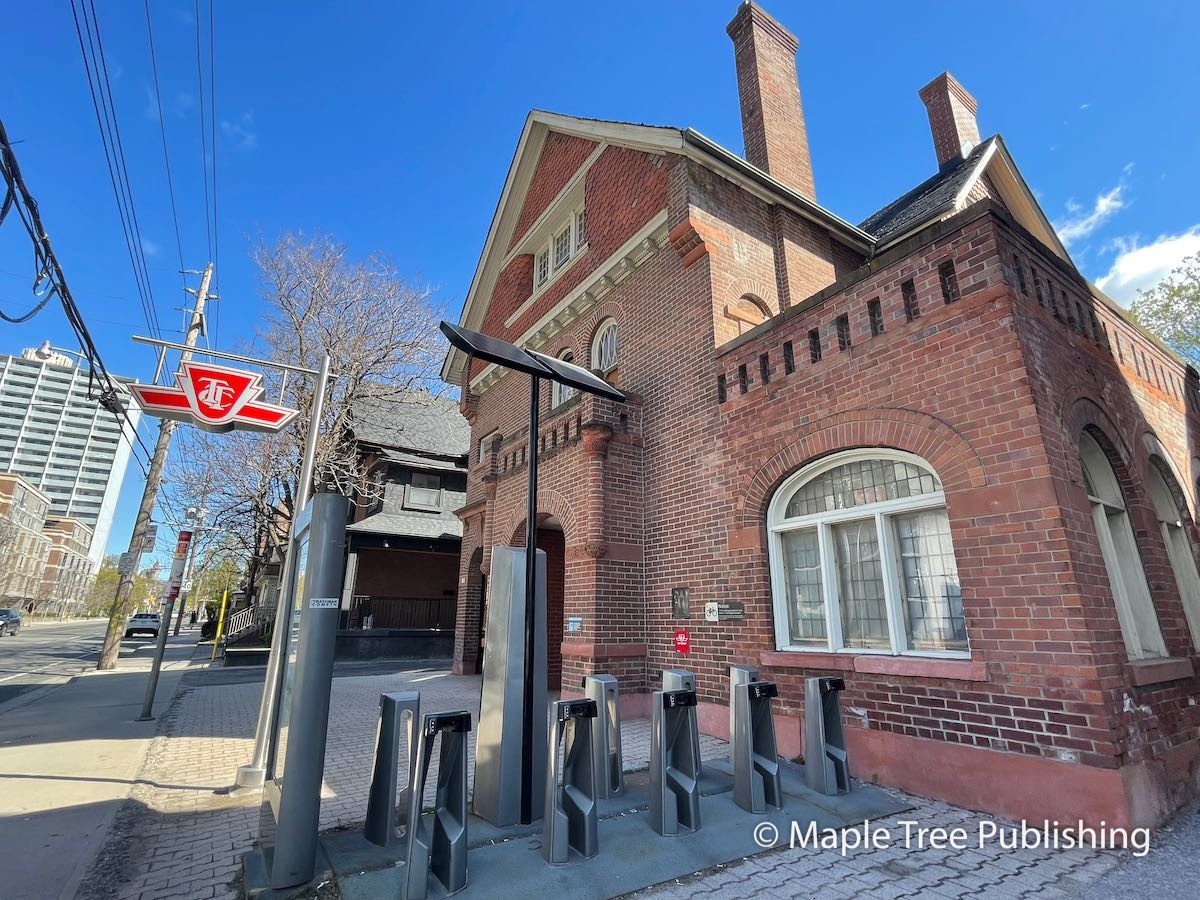
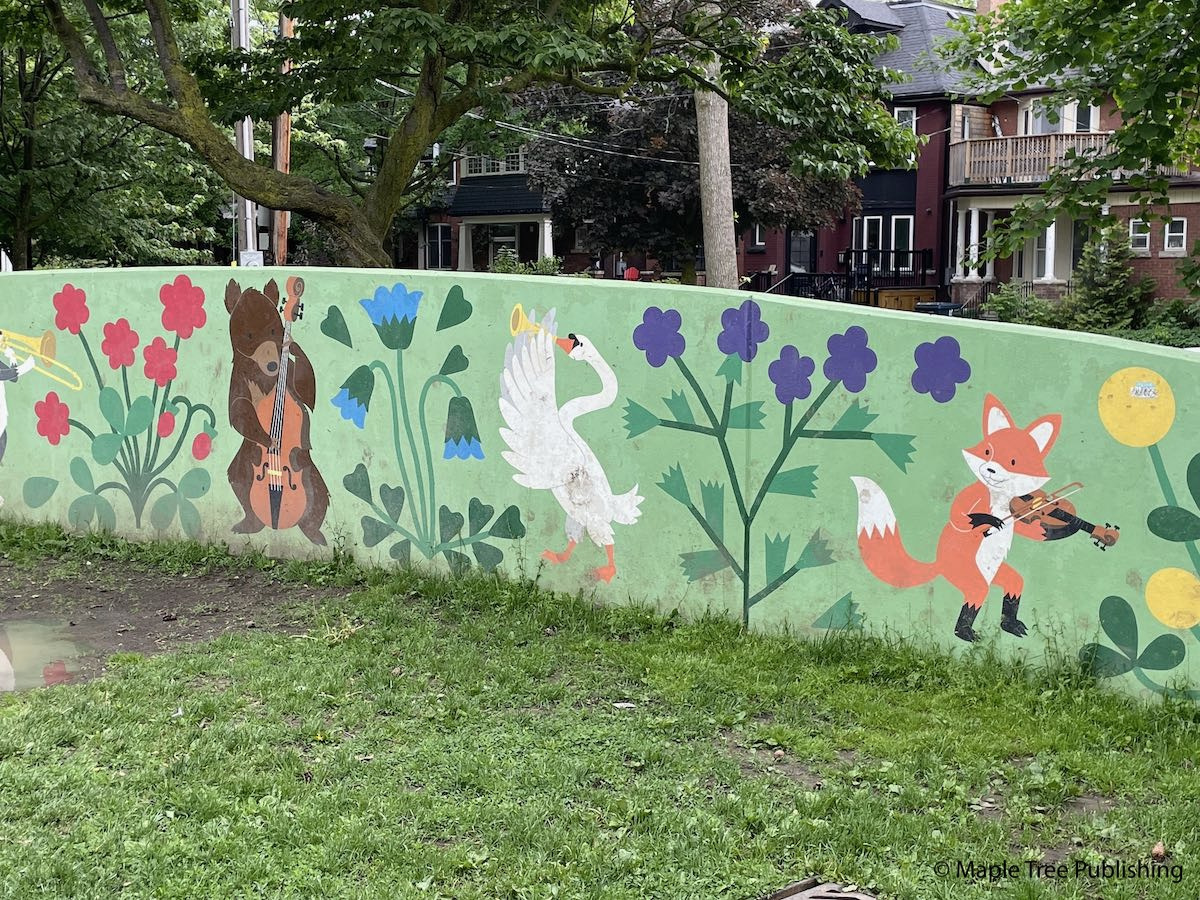
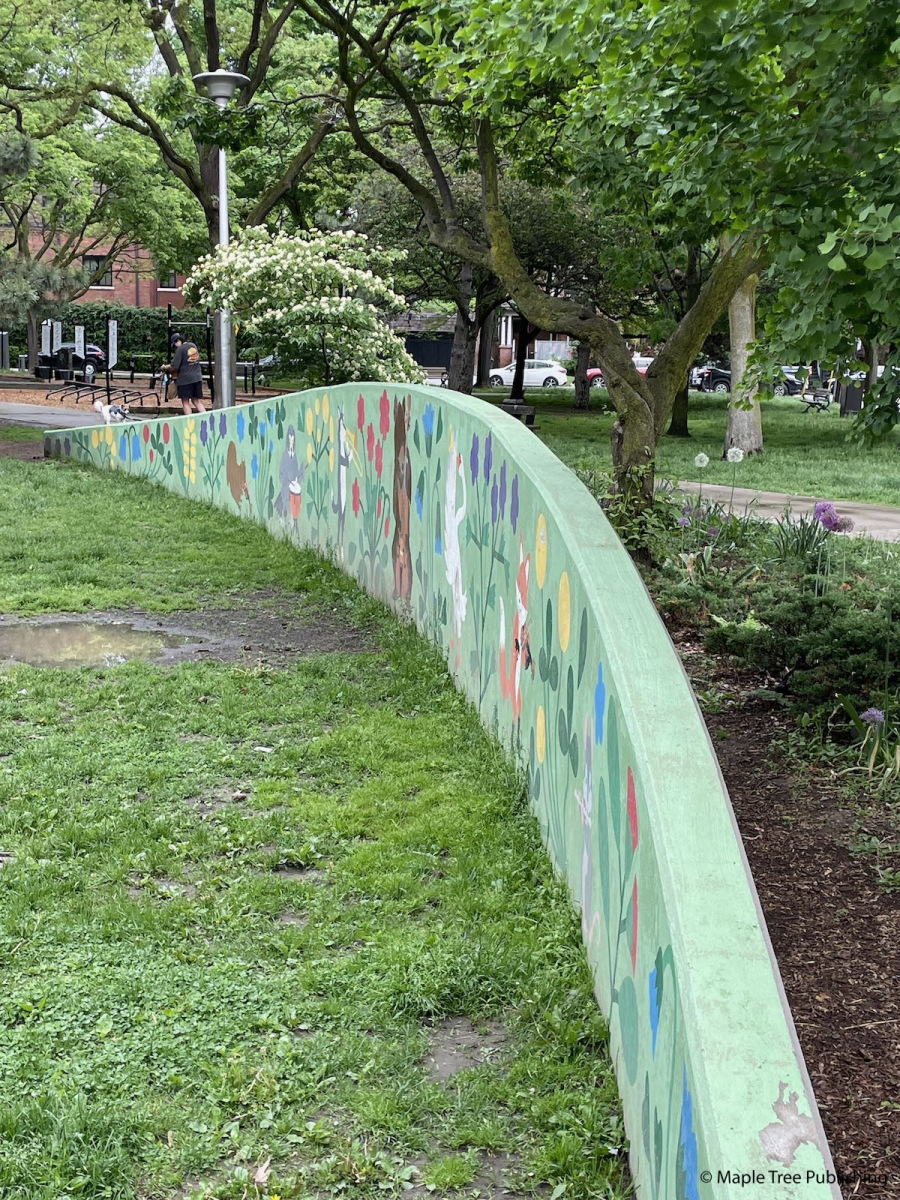



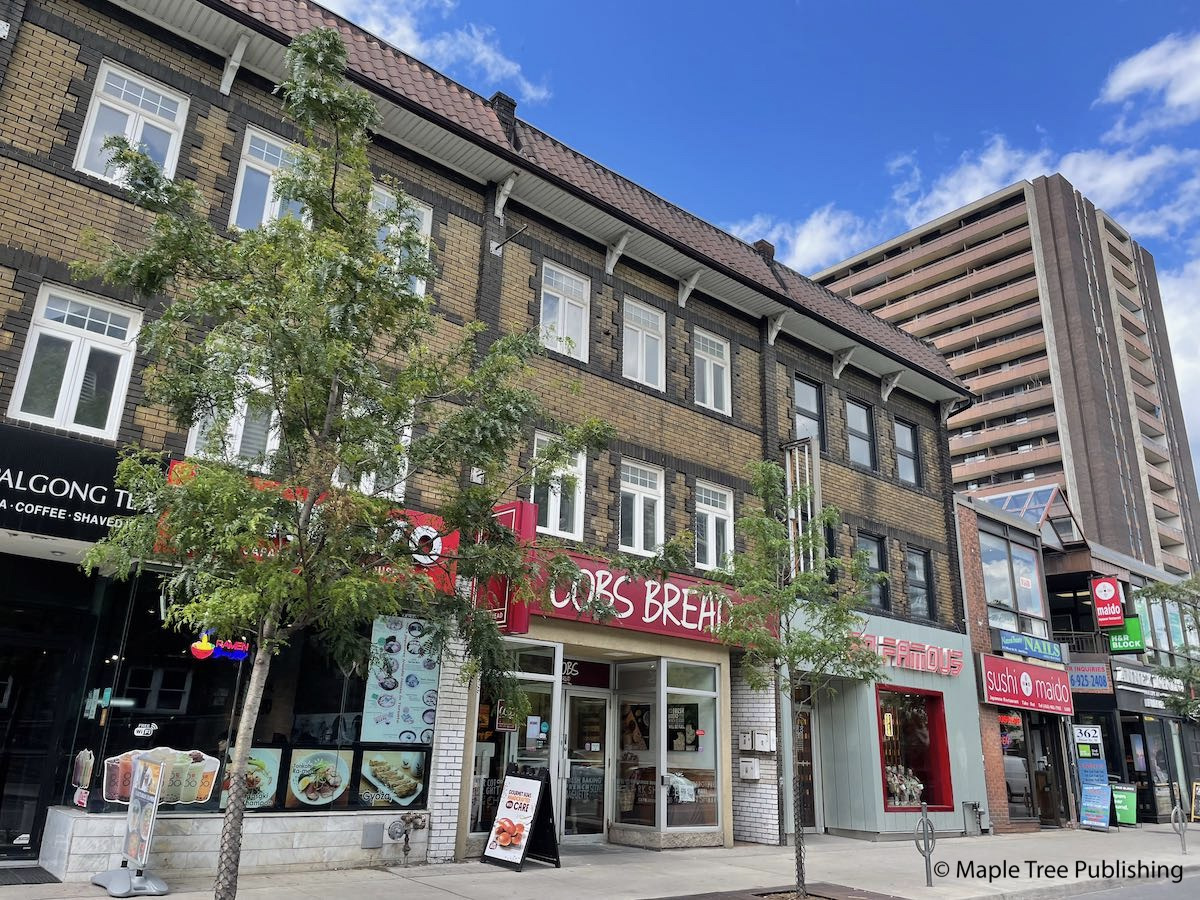
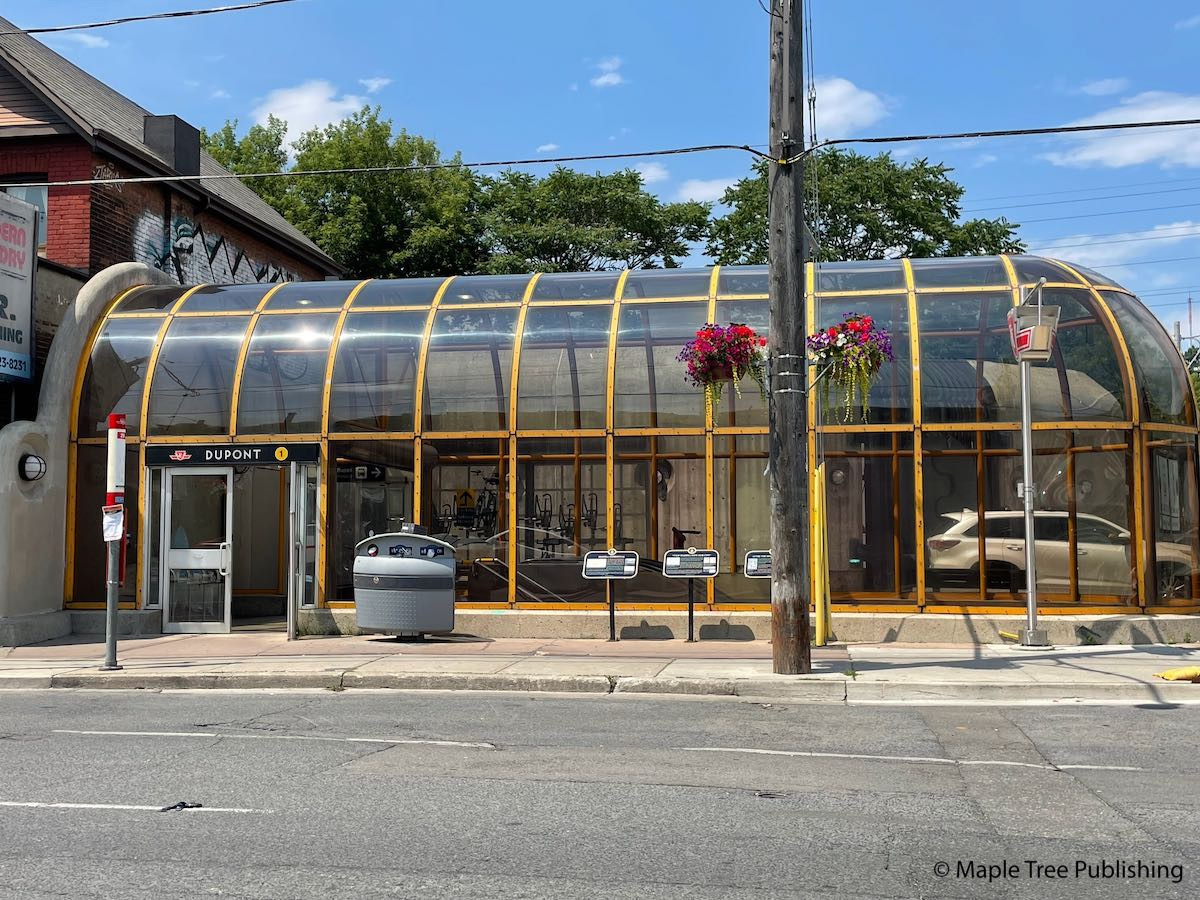
.jpg)
